Are you ready to discover how to improve the quality of your sleep? In this article, we will present to you an innovative and scientifically proven method to optimize your rest: red light. Red light is known for its benefits on relaxation and quality of sleep. By exposing your body to this soft, soothing light, you can synchronize your biological clock and promote falling asleep faster as well as deeper, restorative sleep. Recent studies have shown that red light reduces the level of melatonin, the hormone responsible for regulating sleep, making it easier to wake up and feel refreshed in the morning. We will also reveal some simple tips for integrating red light into your sleep ritual. Whether in the form of lamps, bulbs or even LED strips, there are many options to benefit from the benefits of this technique. Get ready to have sweet dreams and wake up refreshed with red light!
But that's not all, we will also introduce you to the Cayola lamp, a revolutionary solution to synchronize your biological clock and improve your general well-being.
Understanding the Science of Sleep
The Sleep Cycle
Sleep is made up of several cycles of approximately 90 minutes each, including different phases: light sleep, deep sleep and paradoxical sleep. For example, during REM sleep, which makes up about 25% of the sleep cycle, is where dreams and memory consolidation occur.
Importance of Restorative Sleep
Sleep is not just a break in our day; it is essential for various bodily functions. According to the National Institute of Sleep and Vigilance, quality sleep can increase productivity by up to 20%. It also plays a role in cell regeneration and mood regulation.
Light and Sleep
Light has a direct impact on our biological clock. For example, exposure to a “soothing light for sleep” like red light can increase the production of melatonin, the sleep hormone, by 58% according to some studies. Conversely, bright blue light before bed can reduce melatonin production and disrupt sleep.
The impact of Red Light on Sleep
Why Red Light?
Unlike blue light, often emitted by screens and LED bulbs, red light has a longer wavelength and is less disruptive to melatonin production. This is why it is often recommended as “what light to sleep in”.
Studies and Data
According to a study published in the Journal of Sleep Research, exposure to red light before bed improved participants' sleep quality by 24%. Additionally, red light has been linked to an increase in the duration of deep sleep, the most restorative phase of sleep.
Practical Applications
If you are wondering "what color LED for sleeping", red light is a great option. It can be used as bedside lamps, LED headbands or even LED sleep masks to optimize your sleeping environment.
The Benefits of Optimizing Rest
Improved Mental Health
Quality sleep is essential for good mental health. According to the American Psychological Association, optimal sleep can reduce stress and anxiety levels by up to 30%.
Increased Productivity
Optimizing rest can also have a significant impact on productivity. A Harvard University study showed that well-rested workers are up to 20% more productive than those who are sleep-deprived.
Quality of life
If you use "soothing light for sleep", such as red light, you can improve not only the quality of your sleep but also your overall quality of life. Quality sleep is associated with better mood, greater emotional resilience and better physical health.
The Role of Melatonin in Sleep Regulation
What is Melatonin?
Melatonin is a crucial hormone for regulating our sleep-wake cycle. Produced by the pineal gland in the brain, it prepares the body for rest and sleep.
Impact of Light on Melatonin
Exposure to different types of light can influence the production of this hormone. For example, blue light, often emitted by screens, can inhibit this production. Conversely, some studies, such as one from the University of Surrey, have shown that exposure to softer light sources, such as red light, can increase melatonin production by up to 50%.
Practical Applications
If you are looking to improve the quality of your sleep, the choice of light source in your environment can play a significant role. Opting for a softer, calming light before bed can facilitate deeper, more restful sleep.
Red Light Therapy for Better Sleep
What is Red Light Therapy?
Red light therapy uses specific wavelengths of light to stimulate beneficial biological responses, including improving sleep quality.
Studies and Data
According to a study published in the Journal of Clinical Sleep Medicine, red light therapy was effective in improving sleep in people with chronic insomnia. Participants reported a 15% improvement in their sleep quality after four weeks of treatment.
Practical Applications
Red light therapy can be incorporated into a sleep routine to improve the quality and duration of rest. It is often used in the form of special lamps or portable devices that emit a calming red light.
Create a Sleep Routine with Red Light Therapy
Importance of a Routine
Having a stable sleep routine is crucial for good quality sleep. This helps regulate your body clock and prepare your body and mind for rest.
Integration of Red Light Therapy
Red light therapy can be a great addition to your sleep routine. For example, you can use a red light therapy lamp for 20 to 30 minutes before bed to help relax your mind and prepare your body for sleep.
Practical advice
To maximize benefits, it is recommended to combine red light therapy with other healthy sleep practices, such as avoiding screens before bed, maintaining a comfortable bedroom temperature, and practicing relaxation techniques like meditation or deep breathing .
Tips for Using Red Light Therapy Before Bed
Duration and Timing
To maximize the benefits of red light therapy, it is recommended to use it for approximately 20 to 30 minutes before bed. This timing allows your body to start producing melatonin, making it easier to sleep.
Device Placement
The location of your red light source is also important. Placing the lamp about 6 to 12 inches from your face may be most effective, according to several studies.
Other Precautions
Although red light therapy is generally considered safe, it is always a good idea to consult a healthcare professional if you have specific medical conditions or are taking medications that could interact with light therapy.
Other Sleep Optimization Techniques
Sleep Hygiene
In addition to red light therapy, other techniques can be used to improve sleep quality. For example, keeping a bedroom clean, dark and cool can contribute to better sleep.
Diet and Exercise
What you eat and your physical activity level can also affect your sleep. Avoiding caffeine and heavy meals before bed and exercising regularly can help improve sleep quality.
Relaxation Techniques
Methods like meditation, yoga, and deep breathing can help calm the mind and prepare the body for restful sleep.
Red Light Sleep Products and Devices
Red Light Therapy Lamps
There are several types of lamps specially designed for red light therapy. These lamps emit red light at a specific wavelength that is optimal for melatonin production.
Cayola: Your Personalized SolutionWith Cayola, you can personalize your own sun, adapted to your pace of life. Made in France, this lamp doesn't just light up your space; it lives with you, adapting its light to synchronize your biological clock, improve your mood and your sleep.
LED Sleep Masks
For those who prefer a more direct approach, there are sleep masks equipped with red LEDs. These masks can be worn while you prepare for bed and are designed to stimulate melatonin production.
Mobile Applications
There are also smartphone apps that simulate the effect of red light, although their effectiveness is generally considered lower than lamps and masks.
Conclusion: Harnessing the Power of Red Light for Optimal Sleep
We explored various ways to optimize sleep, with a particular focus on the role of red light therapy. From the impact of light on melatonin production to integrating light therapy into a sleep routine, there are many options for improving the quality of your rest.
If you're looking to improve your sleep, don't hesitate to explore the different red light therapy options available on the market. Combined with good sleep hygiene and other relaxation techniques, you can transform your sleep experience for the better.
In the meantime, we invite you to discover the Cayola lamp now, optimized for improving sleep

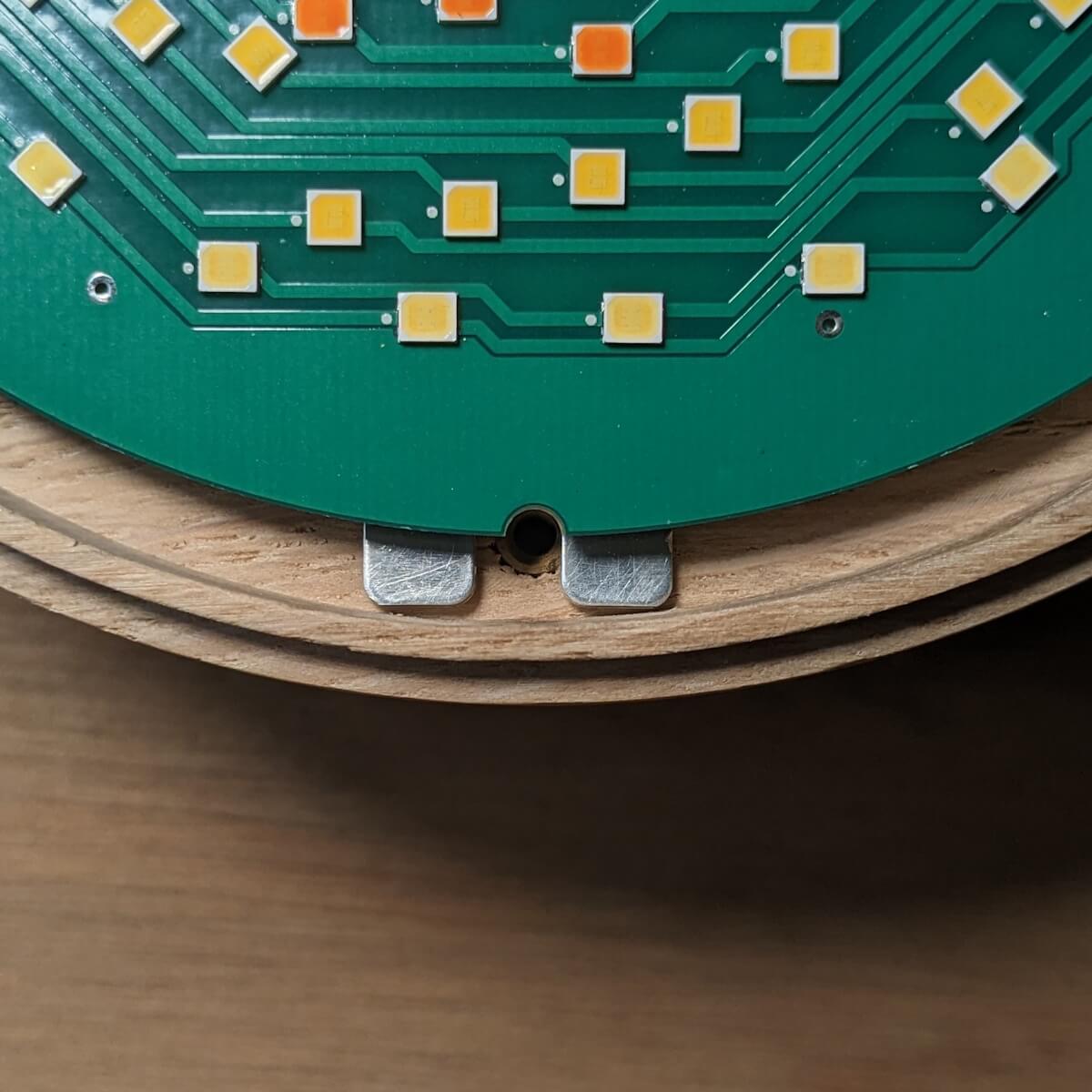






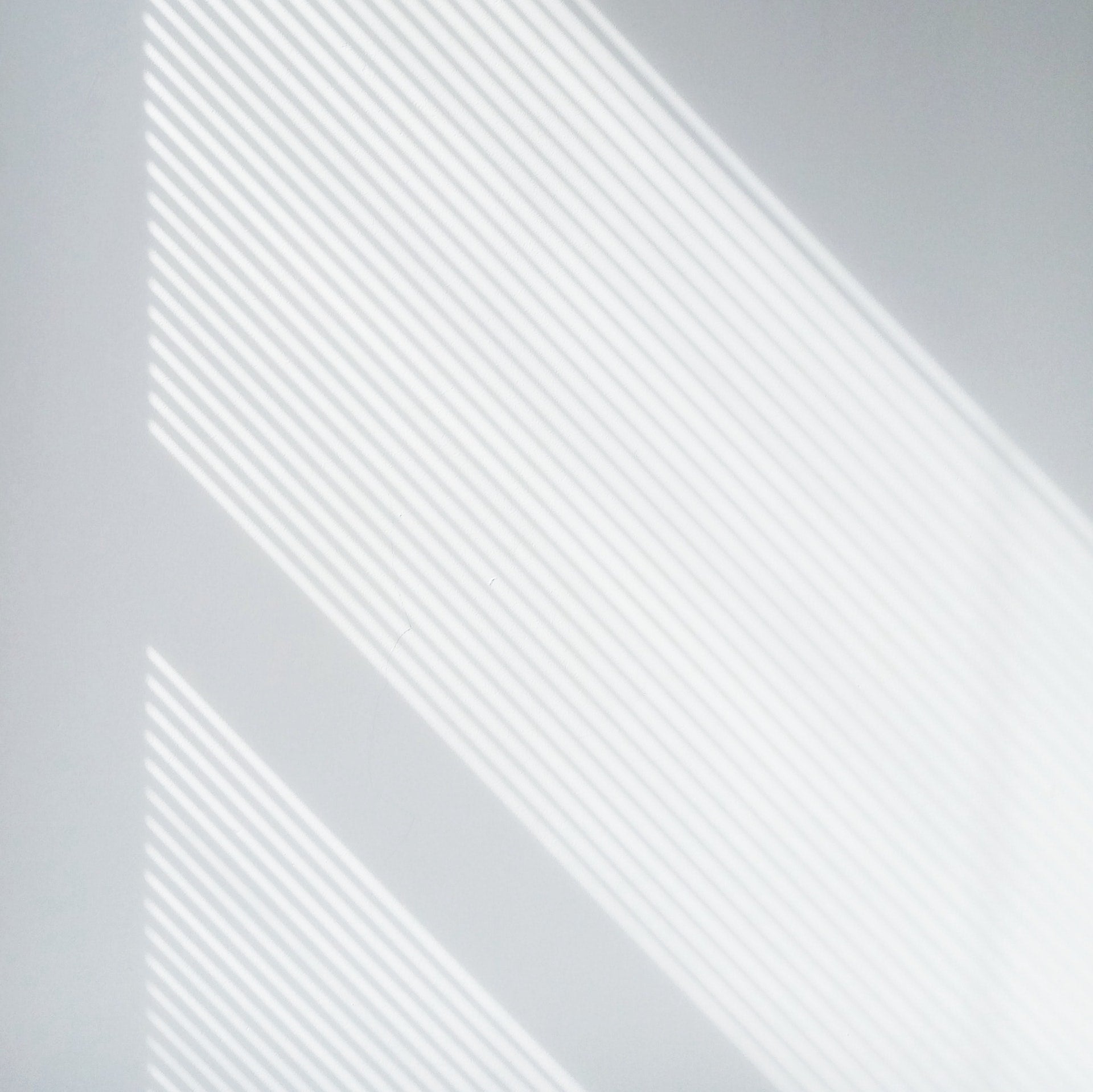



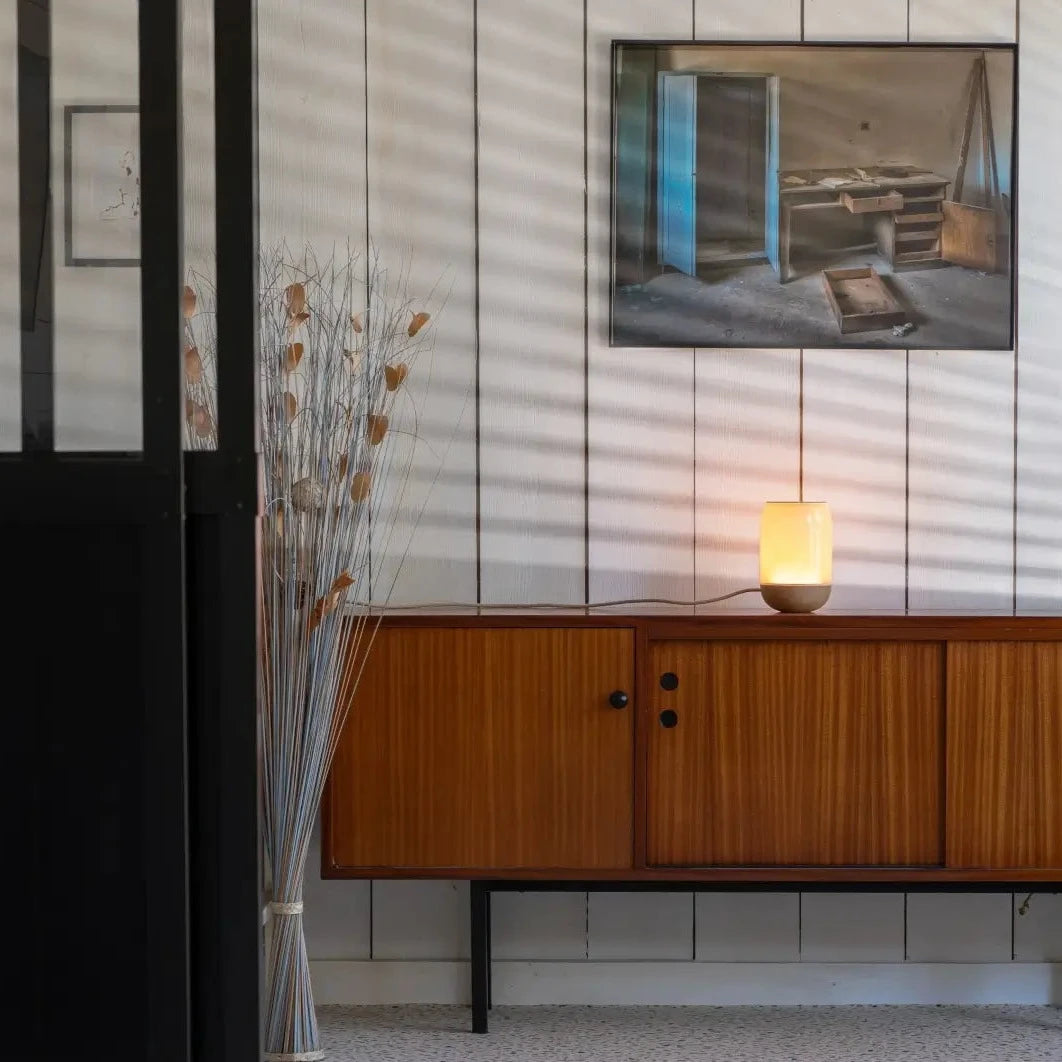
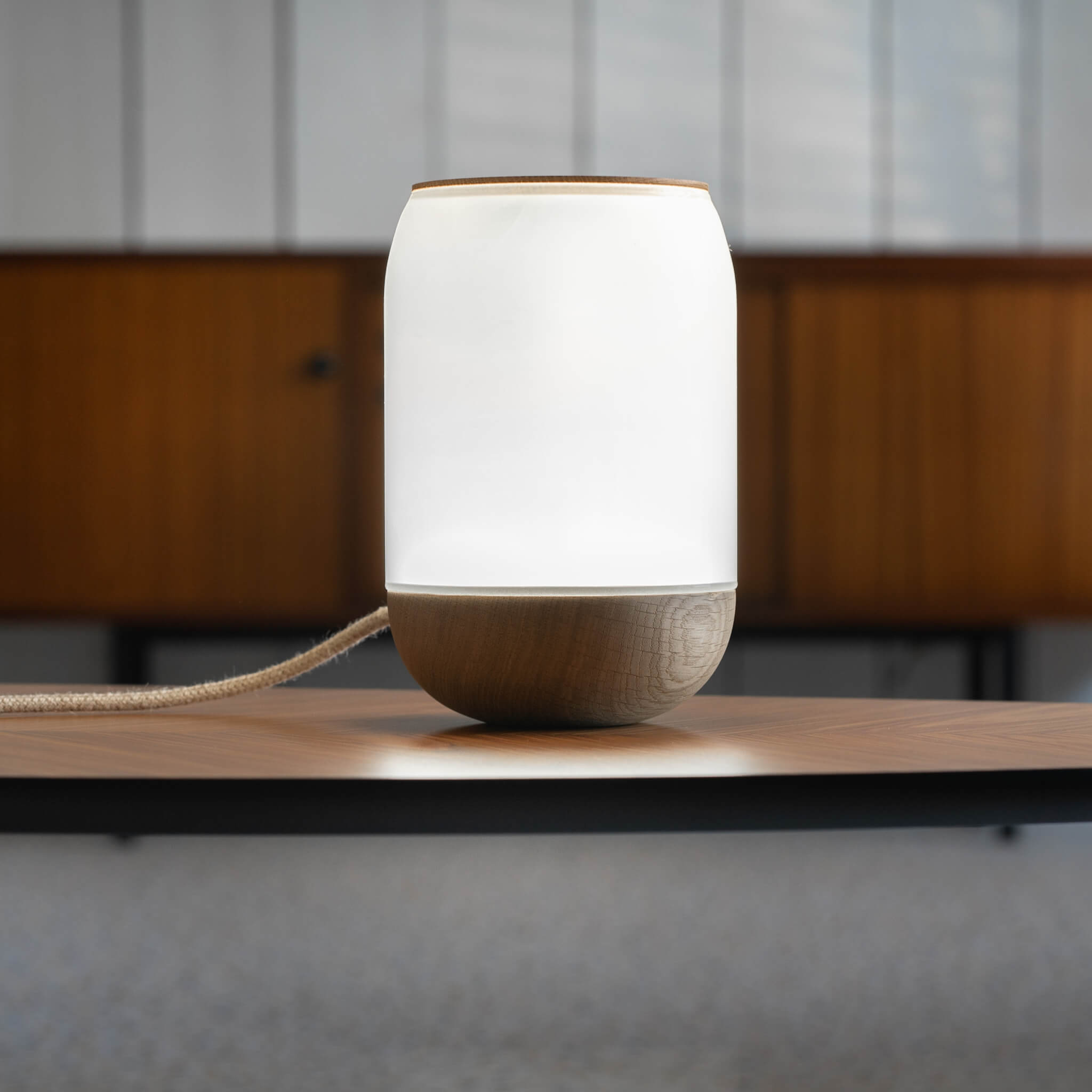
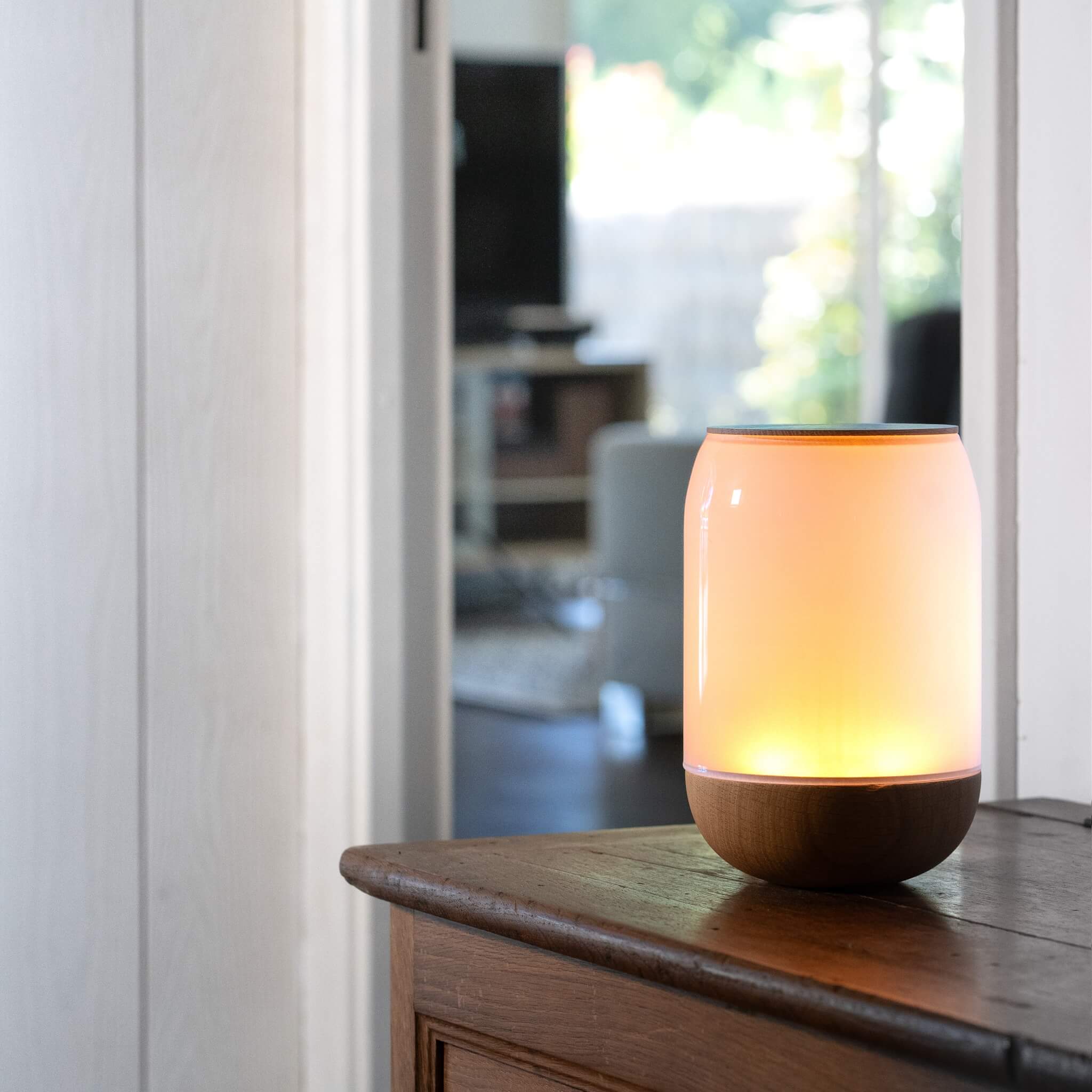
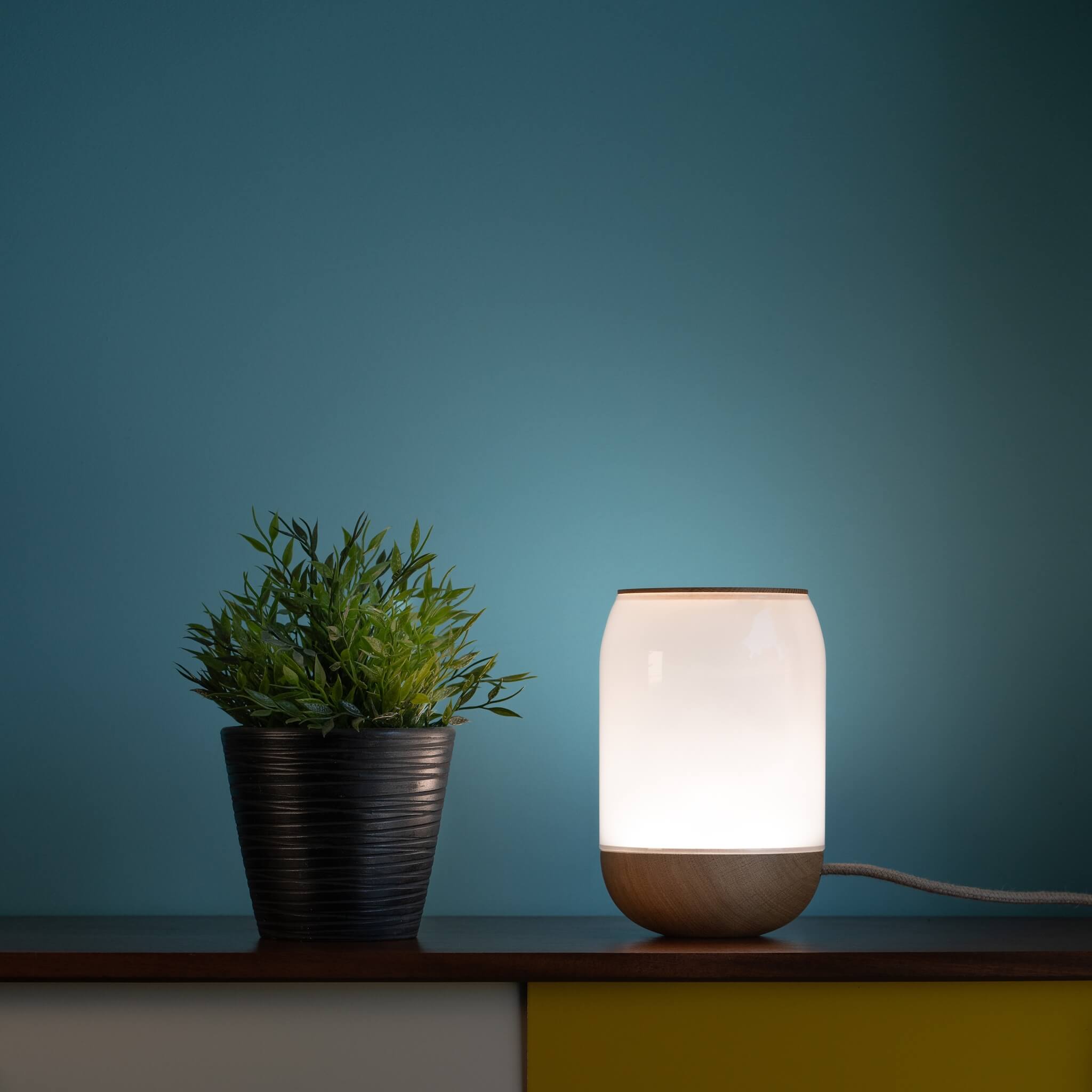
Leave a comment
All comments are moderated before being published.
This site is protected by hCaptcha and the hCaptcha Privacy Policy and Terms of Service apply.